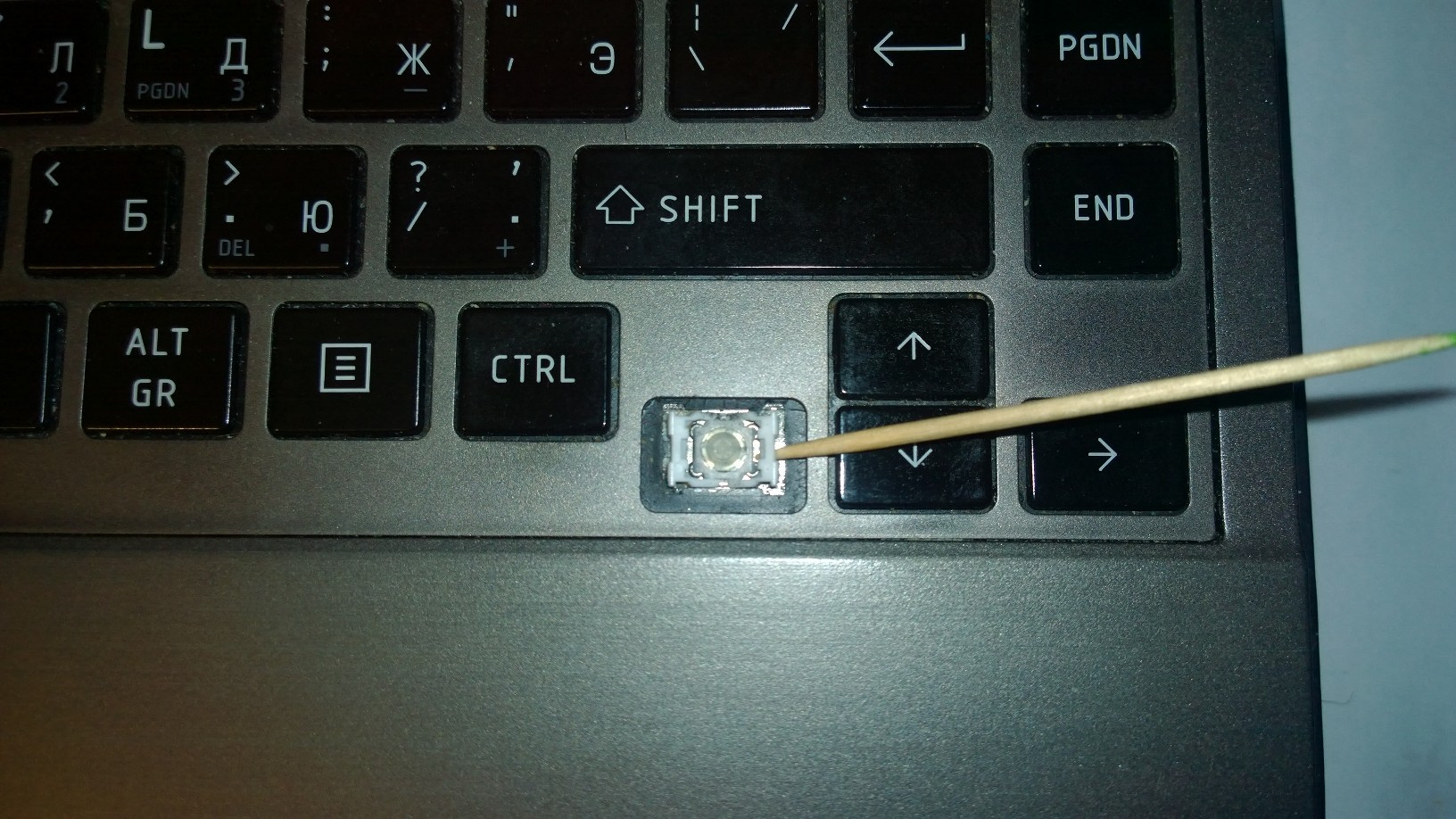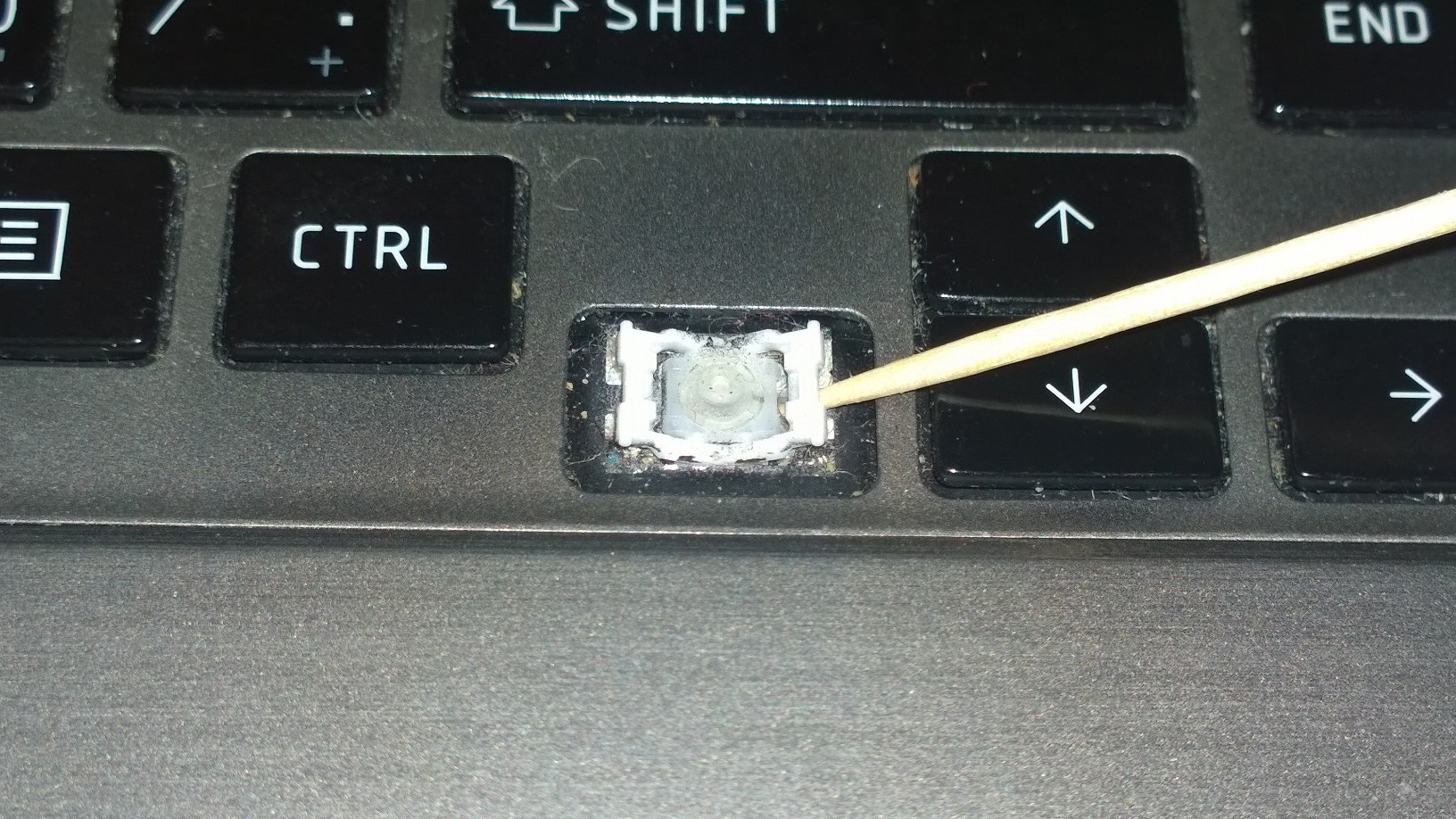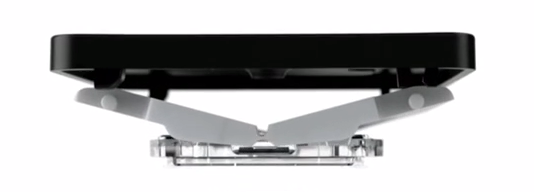Answer the question
In order to leave comments, you need to log in
What is the name of the button mechanism shown in the photo?
Notebook Toshiba Portege z930. Recently, the paint began to peel off the keys, I was puzzled by the question of their painting. The question arose of dismantling them without damaging the mechanics of the button. I have never met such mechanics before, it does not look like a classic scissor. What kind of mechanism is this and how to properly remove such buttons so as not to damage it?
Photos of the mechanism:

Answer the question
In order to leave comments, you need to log in
Thanks to everyone who responded. Unfortunately, the Internet has turned into a big garbage dump, and it is very difficult to find useful information among the garbage. I spent a lot of time to find these "grains": so, in the photo there is a mechanism called a butterfly. It differs significantly from the traditional scissor mechanism. Butterfly mechanism - these are two "wings" independent of each other, providing, on the one hand, a small stroke of the key, on the other hand, its sufficient retention (key caps). Fastenings under the key on opposite sides are not equivalent: on the one hand, a fixing L-shaped fastening, and on the other, a U-shaped fastening-lock. At the base of the keyboard, the butterfly is attached with pins. It is necessary to dismantle the key cap from the side of the U-shaped mount, because on the opposite side you can break the L-shaped mount.


Shoot in the same way, it differs only in the location of the support, the hooks themselves are exactly the same. You insert an L-shaped spatula between the key and the mechanism and snap it off. If you are not in a hurry, you can carefully remove without much fear. But, keep in mind, the hooks are not designed to "remove" the keys from them, so they can be damaged simply because.
Ordinary rockers, now in most iron such. I push with a screwdriver from the side of the hook - at the arrows in the photo from left to right, at ordinary keys - up and down. The main thing is not to overdo it with force, otherwise they break easily.
In general, I support the answer above, if you don’t really need to take them off - don’t take them off, they are not designed for this.
Didn't find what you were looking for?
Ask your questionAsk a Question
731 491 924 answers to any question